When bullets tore through her Khartoum neighbourhood and fires engulfed nearby homes, South Sudanese mother Sarah Williams scrambled across the floor clutching her one‑year‑old son. Shocked by renewed fighting in Sudan’s capital, she fled the city she had called home for nearly a decade, only to find herself back in conflict in her native South Sudan.
Sarah, 33, first escaped civil war in South Sudan in 2013 and rebuilt her life in Khartoum as a housekeeper. But when rival generals Abdel Fattah al‑Burhan and Mohamed Hamdan Dagalo unleashed violence in 2023, she was forced to return south with her four other children. Today, Sarah and more than 9,000 refugees are crowded into the Renk Transit Centre a dusty border town that has become a lifesaving, yet overwhelmed, waystation.
Renk was never designed for such numbers. Corrugated‑metal shelters now house up to 15 people per room, and makeshift huts of cloth and sticks fill every spare inch of land. Aid agencies provide only two weeks’ worth of cash support for food, forcing many refugees to chop dwindling firewood reserves just to eat. A recent cholera outbreak, part of South Sudan’s worst humanitarian crisis has claimed hundreds of lives, while malaria cases surge with the rainy season.
Desperate for safety, Sarah dreams of returning to her hometown of Nasir on the Sobat River. But Nasir’s strategic importance has made it a war zone, pitting government troops against the White Army militia and leaving entire neighbourhoods under shellfire. Sarah hasn’t heard whether her family survived the latest clashes, and each day brings new uncertainty.
Humanitarian organizations are racing to move displaced families to more secure areas with stronger community ties. But with South Sudan’s fragile 2018 peace deal unraveling and political leaders still commanding rival troops, many like Sarah remain trapped between two wars. “I want to rebuild here,” she says, rocking her infant in her arms. “Even if the situation is bad, this is home.”
As global aid cuts deepen the crisis, the plight of South Sudanese refugees in Renk underscores a grim reality: when violence erupts in both homeland and refuge, millions of women and children are left with nowhere to turn.


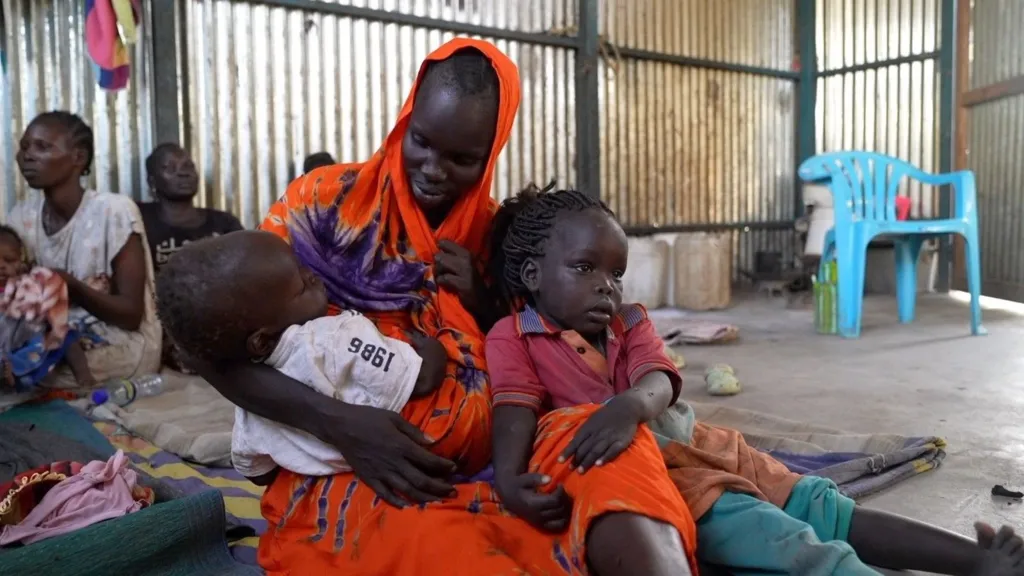

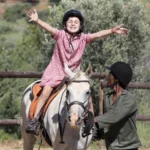
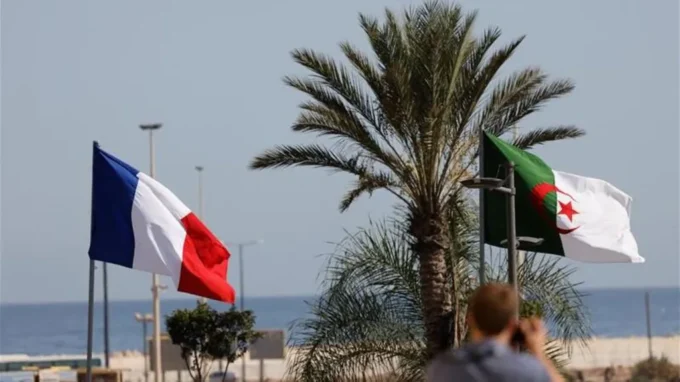

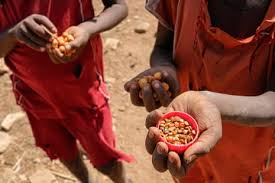

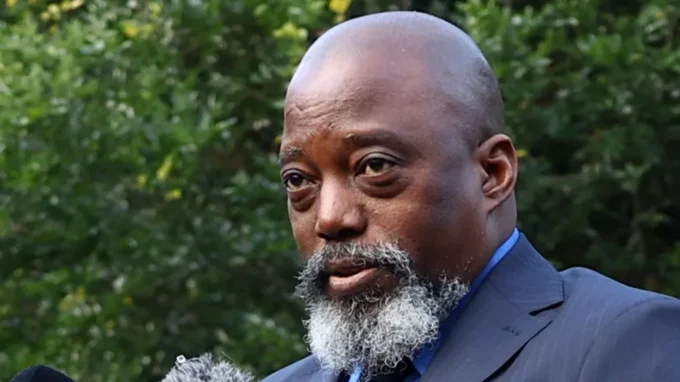




Leave a comment